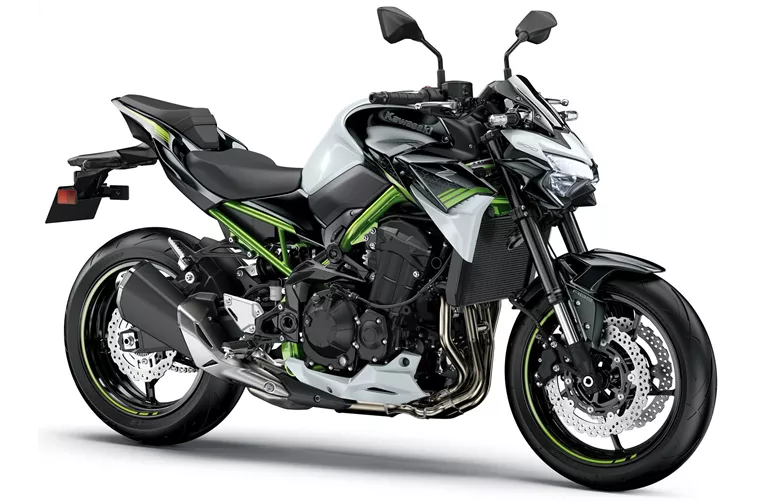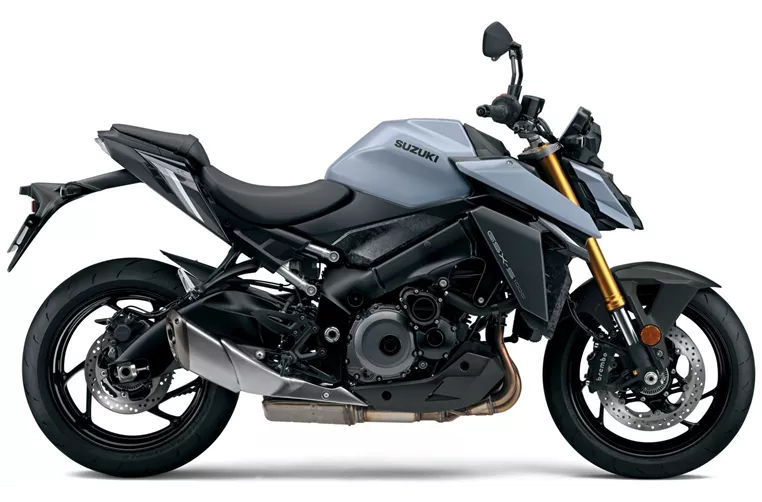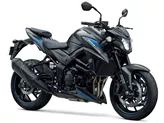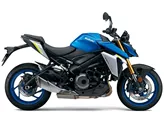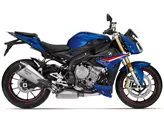Kawasaki Z900 2020 vs. Suzuki GSX-S1000 2022
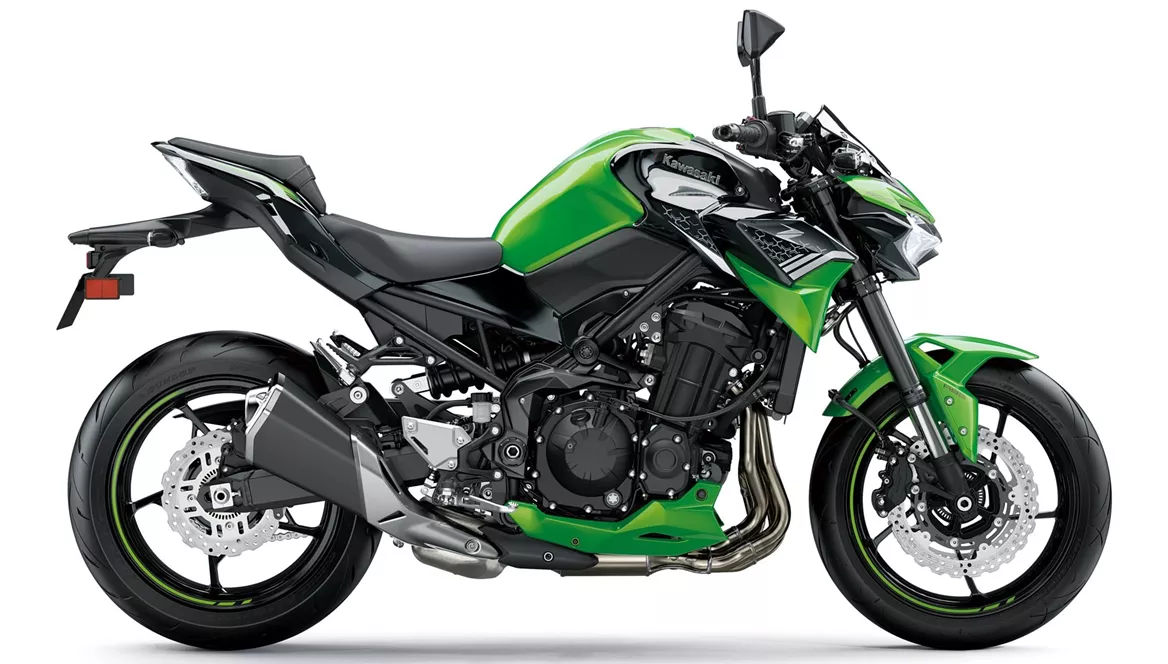
Kawasaki Z900 2020
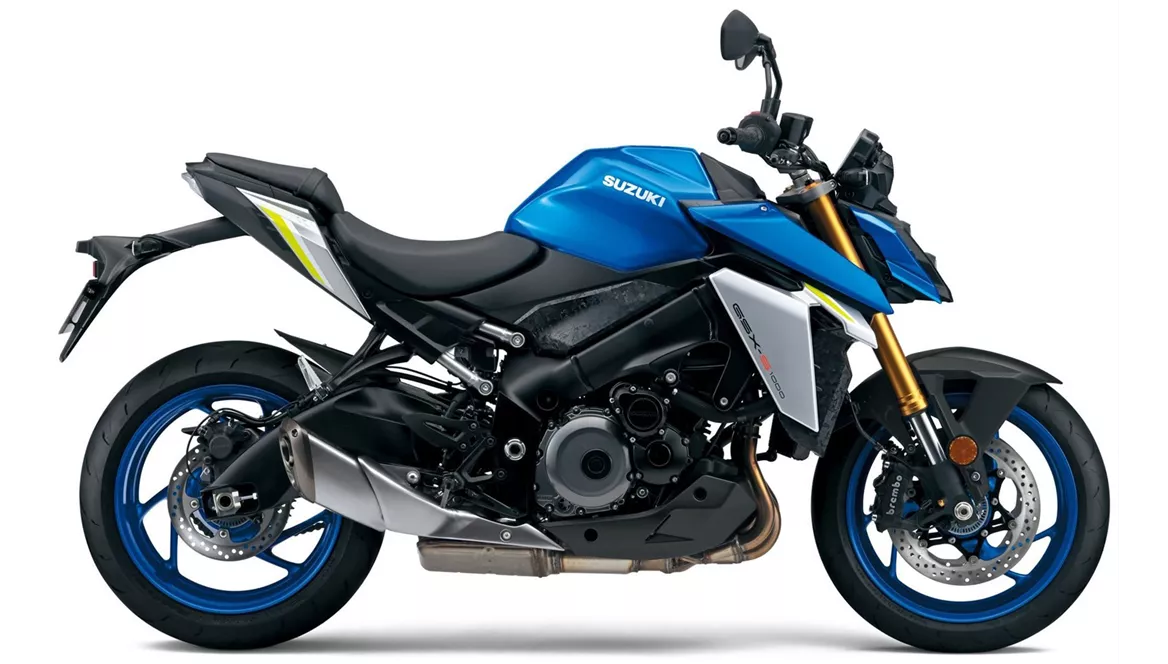
Suzuki GSX-S1000 2022
Vue d’ensemble - Kawasaki Z900 2020 vs Suzuki GSX-S1000 2022
The Kawasaki Z900 2020 and the Suzuki GSX-S1000 2022 are both naked bikes that offer powerful performance and modern features.
In terms of engine power, the Suzuki GSX-S1000 2022 takes the lead with 152 HP compared to the Kawasaki Z900 2020's 125.4 HP. The Suzuki also has a higher torque of 106 Nm compared to the Kawasaki's 98.6 Nm. This makes the Suzuki GSX-S1000 2022 more capable of delivering thrilling acceleration and top speeds.
Both bikes feature inline four-cylinder engines with liquid cooling and fuel injection systems, ensuring efficient and reliable performance. They also have similar displacement, with the Kawasaki Z900 2020 at 948cc and the Suzuki GSX-S1000 2022 at 999cc.
In terms of suspension, both bikes feature upside-down telescopic forks at the front and swing arm suspension at the rear. The Kawasaki Z900 2020 offers adjustment options for preload and rebound for both the front and rear suspension, while the Suzuki GSX-S1000 2022 goes a step further with additional compression adjustment for the front suspension. This allows riders to fine-tune the suspension settings to their preferences and riding conditions.
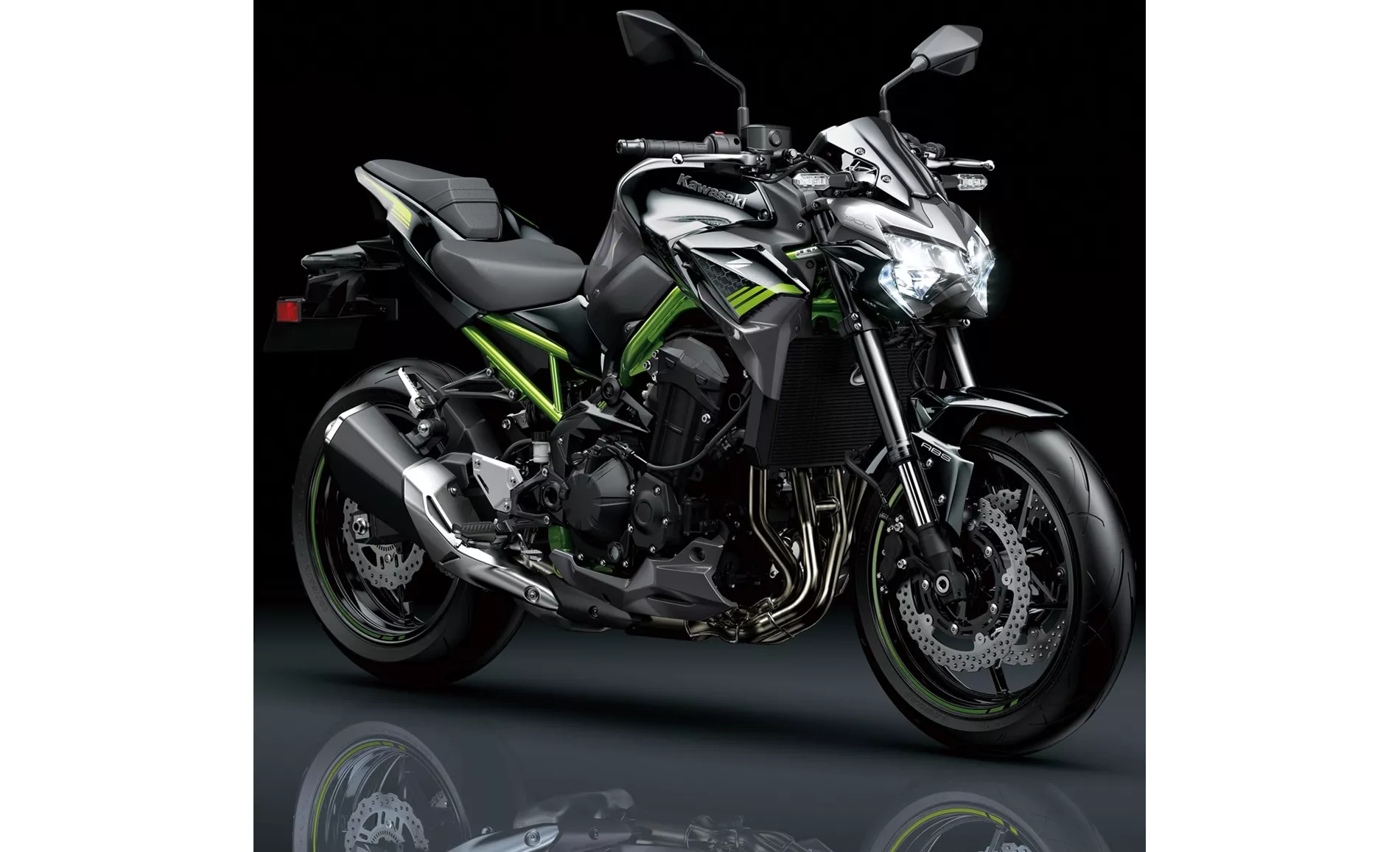
Kawasaki Z900 2020
When it comes to the chassis, the Suzuki GSX-S1000 2022 features an aluminum frame, which is generally lighter and more rigid compared to the steel frame of the Kawasaki Z900 2020. The Suzuki's twin-tube frame design also adds to its overall stiffness and stability.
In terms of braking, both bikes feature double disc brakes at the front with four-piston calipers. The Suzuki GSX-S1000 2022 has larger diameter discs at 310mm compared to the Kawasaki Z900 2020's 300mm discs. The Suzuki also uses radial and monoblock technology for its front brakes, which enhances braking performance and feel.
Both bikes come equipped with advanced rider assistance systems such as ABS, riding modes, and traction control. However, the Suzuki GSX-S1000 2022 offers additional features like a shift assistant with blipper, which allows for smooth and seamless gear shifts without using the clutch. The Kawasaki Z900 2020 lacks this option.
In terms of dimensions and weights, the Suzuki GSX-S1000 2022 has a slightly longer wheelbase of 1460mm compared to the Kawasaki Z900 2020's 1450mm. The seat height of the Suzuki is also higher at 810mm compared to the Kawasaki's 795mm. Both bikes have similar front and rear tire widths and diameters. The Suzuki GSX-S1000 2022 has a slightly higher curb weight of 214kg compared to the Kawasaki Z900 2020's 210kg.
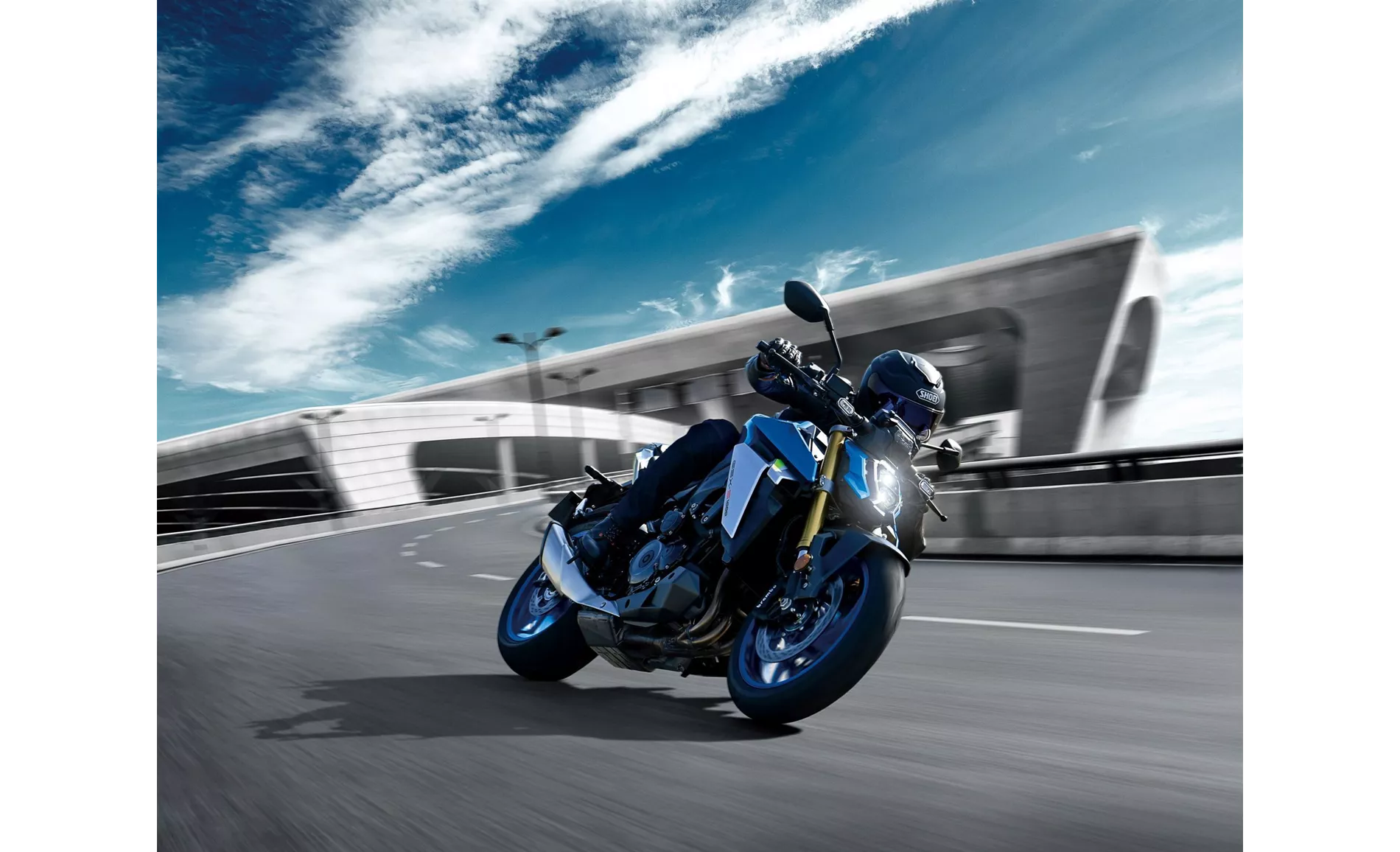
Suzuki GSX-S1000 2022
When it comes to equipment, both bikes feature LED daytime running lights and LED headlights. The Kawasaki Z900 2020 also comes with a TFT display, which provides a modern and clear visual interface. The Suzuki GSX-S1000 2022, on the other hand, lacks a TFT display and has instruments on the handlebars that may be considered less modern and easy to read.
In terms of strengths, the Kawasaki Z900 2020 offers a powerful four-cylinder engine, great handling, good equipment, aggressive looks, and value for money. The Suzuki GSX-S1000 2022, on the other hand, boasts a superior engine, excellent shift assistant with blipper, balanced handling, bold design, comfortable seating position, and a very good price.
In terms of weaknesses, the Kawasaki Z900 2020 has a somewhat tiring menu navigation and lacks the option for a quickshifter. The Suzuki GSX-S1000 2022 has a less comprehensive electronics package, lacking a 6-axis IMU and cornering ABS. The instruments on the handlebars are also considered somewhat antiquated, and the display may not be particularly easy to read.
Overall, both the Kawasaki Z900 2020 and the Suzuki GSX-S1000 2022 offer powerful naked bikes with their own strengths and weaknesses. The choice between the two will ultimately depend on the rider's priorities and preferences, whether it be engine power, handling, design, or price.
Caractéristiques techniques Kawasaki Z900 2020 par rapport à Suzuki GSX-S1000 2022
Avantages et inconvénients en comparaison
Avantages et inconvénients en comparaison
Kawasaki Z900 2020
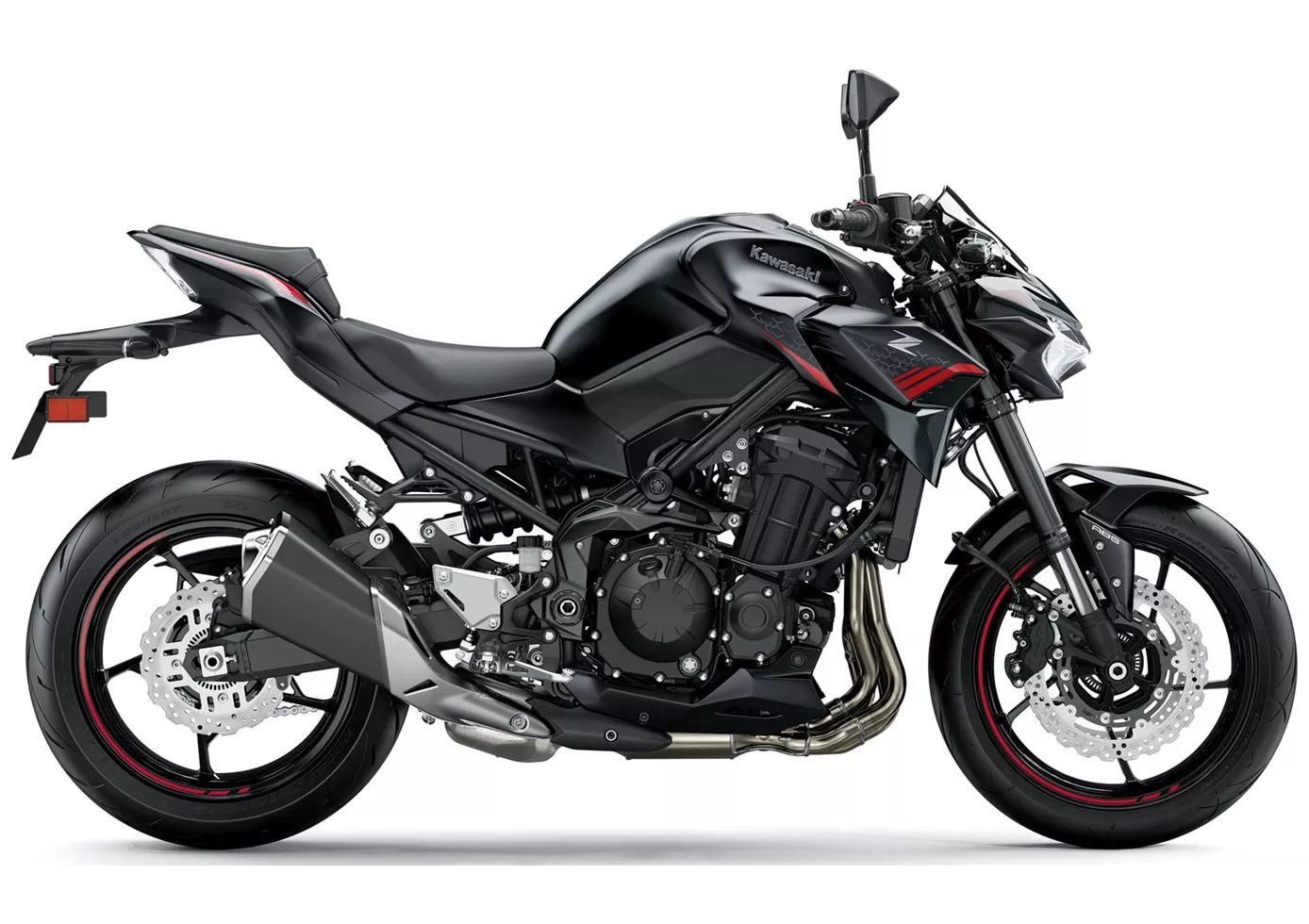
En termes de rapport qualité-prix, la Kawasaki Z900 est actuellement difficile à battre. Avec son moteur parfaitement réglé, ses composants de châssis de haute qualité et l'électronique ajoutée pour 2020, cette naked bike offre tout ce que les conducteurs sportifs recherchent. Il n'y a rien à redire, même si l'option Quickshifter aurait été un plus appréciable. En dehors de cela : un grand coup, Kawasaki !
Suzuki GSX-S1000 2022
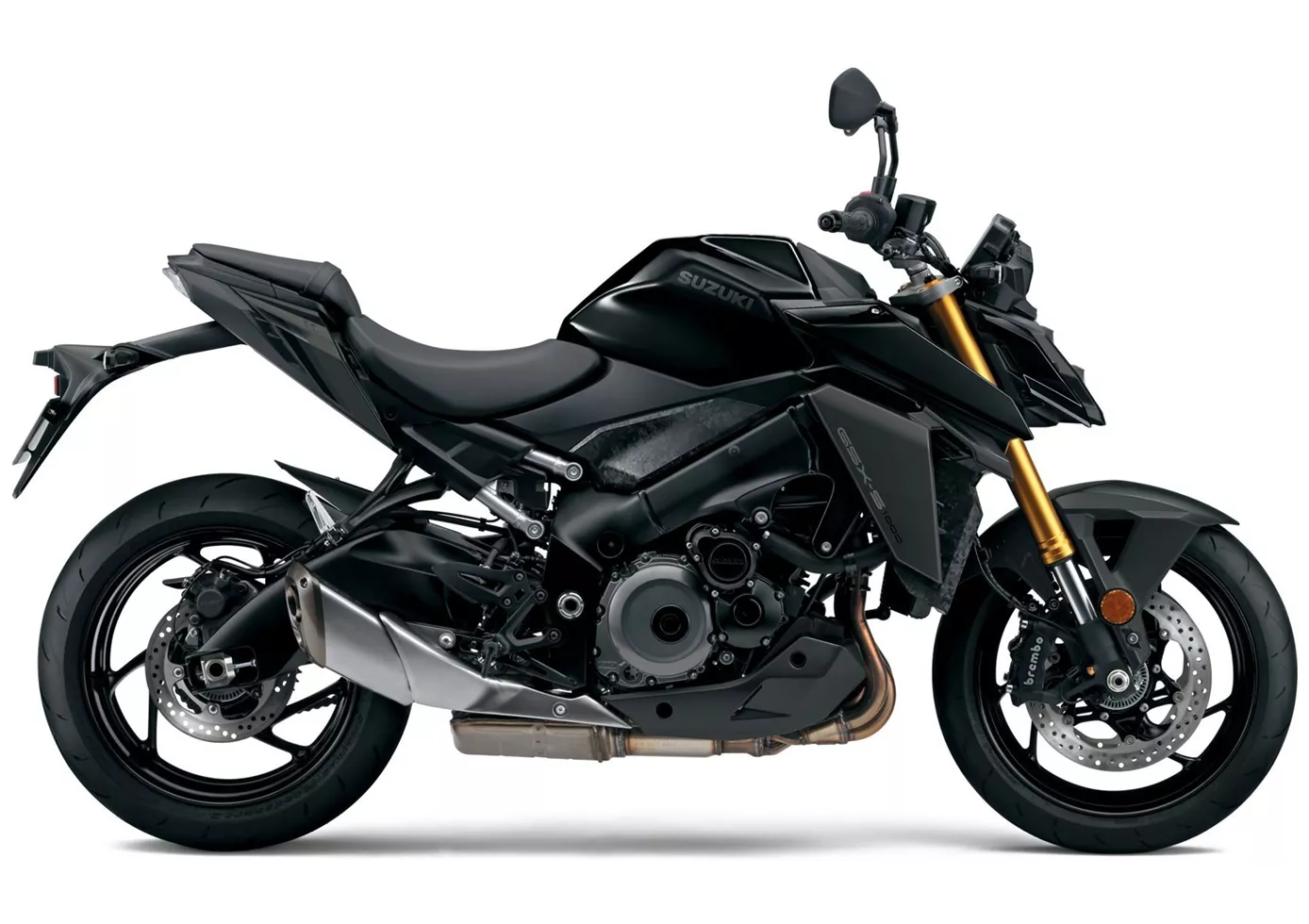
La structure de base de la nouvelle GSX-S1000 est une vieille connaissance - le moteur et le châssis proviennent toujours de la précédente. Cependant, la machine a été modernisée dans de nombreux domaines et se présente surtout visuellement à un niveau extrêmement élevé. Le moteur ne peut certes pas jouer dans la ligue des hyper-nakeds super-puissants, mais il fonctionne de manière très harmonieuse et suffisamment puissante. Le châssis conventionnel est également un bon compromis entre sportivité et confort. Les arguments de poids sont définitivement le design réussi, le Quickshifter de série avec blipper et enfin le prix relativement bas.
Comparaison des prix Prix moyen du marché Kawasaki Z900 vs Suzuki GSX-S1000
There are a few key differences between a Kawasaki Z900 2020 and a Suzuki GSX-S1000 2022. In terms of price, the actual average price of a Suzuki GSX-S1000 2022 is about 43% higher. Compared to Suzuki GSX-S1000 2022 there are more Kawasaki Z900 2020 bikes available on the 1000PS.de Marketplace, specifically 34 compared to 28. It takes less time to sell a Kawasaki Z900 with 124 days compared to 130 days for a Suzuki GSX-S1000. Since model year 2017 1000PS.de editors have written 46 reviews for the Kawasaki Z900 and 36 reviews for the Suzuki GSX-S1000 since model year 2015. The first review for the Kawasaki Z900 was published on 11/11/2016 and now has more than 93,200 views. This compares to more than 17,100 views for the first review on Suzuki GSX-S1000 published on 9/27/2014.
